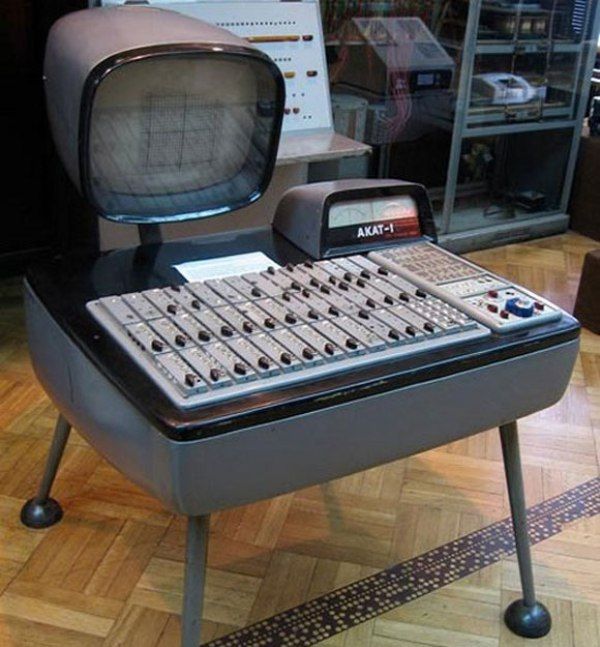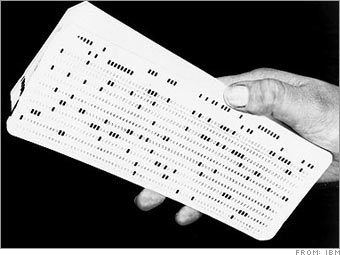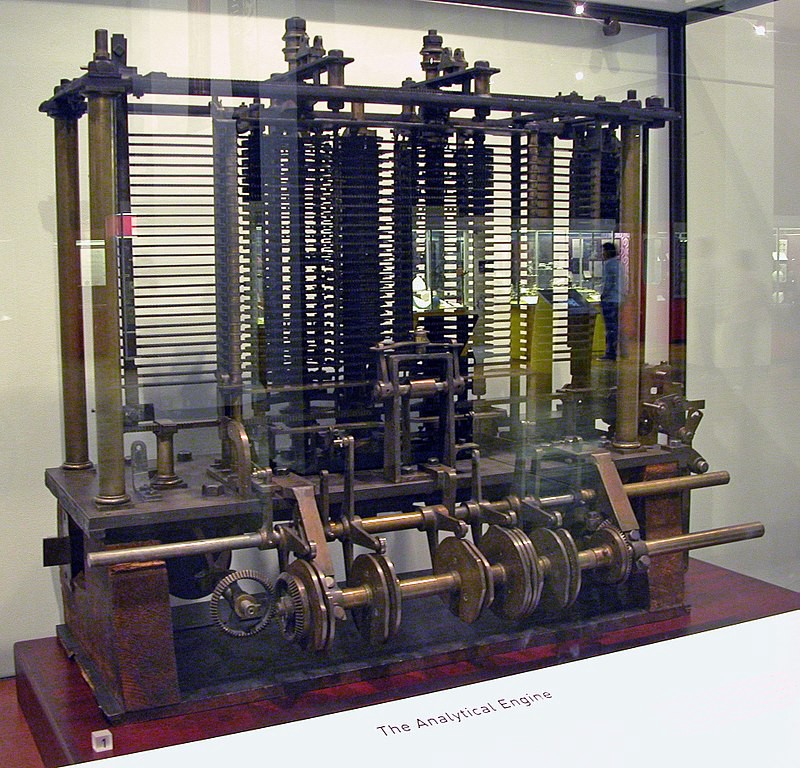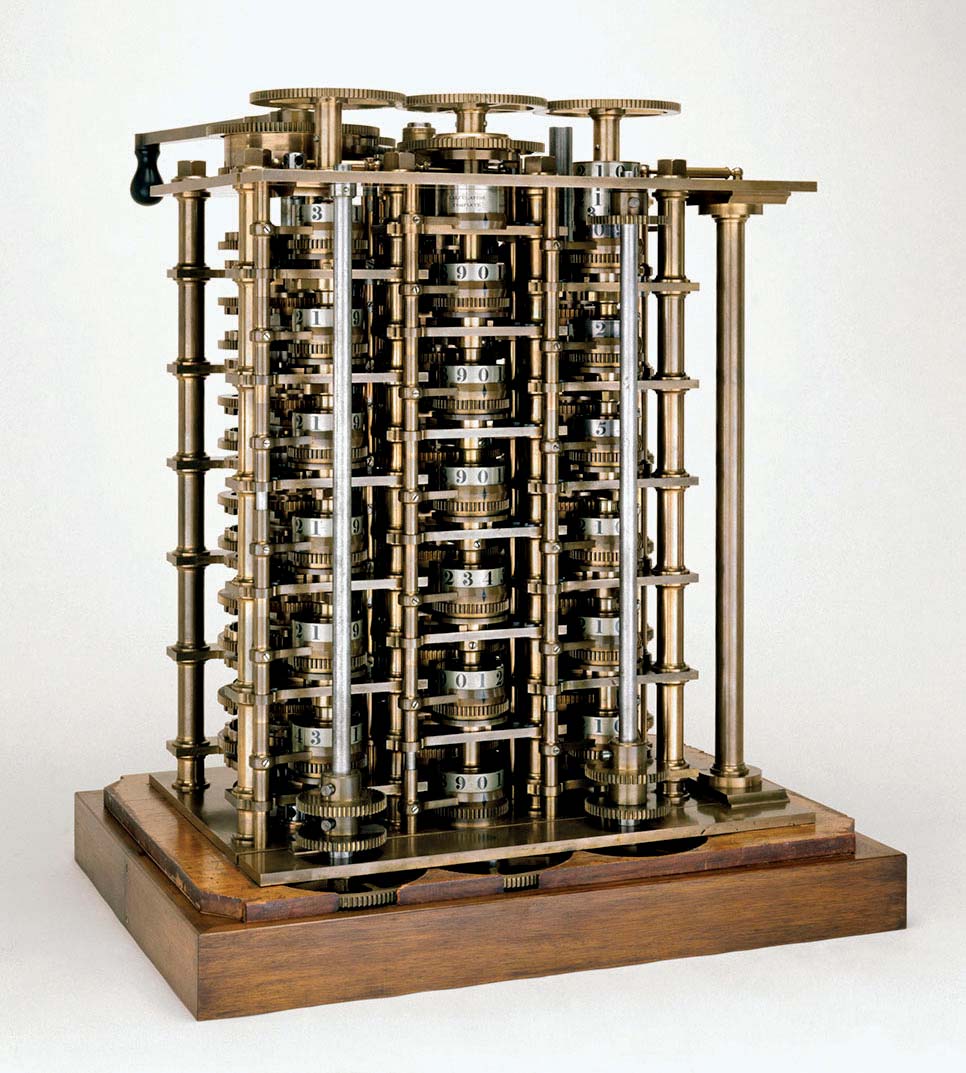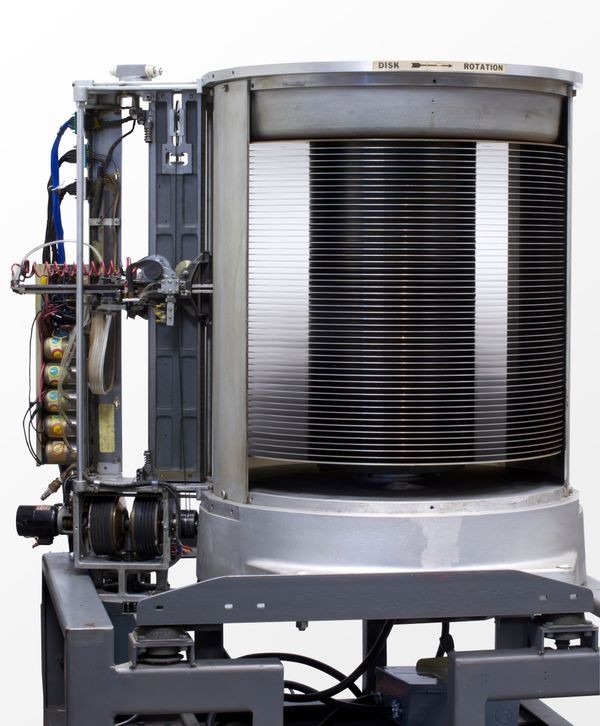The Slide Rule
This mechanical analogue computer was invented in the 1600s. The middle section of the ruler could be slid out to work out mathematical functions by reading the numbers on the scale. The slide rule, also known as a slipstick, is a mechanical device used for performing mathematical calculations. It was...




